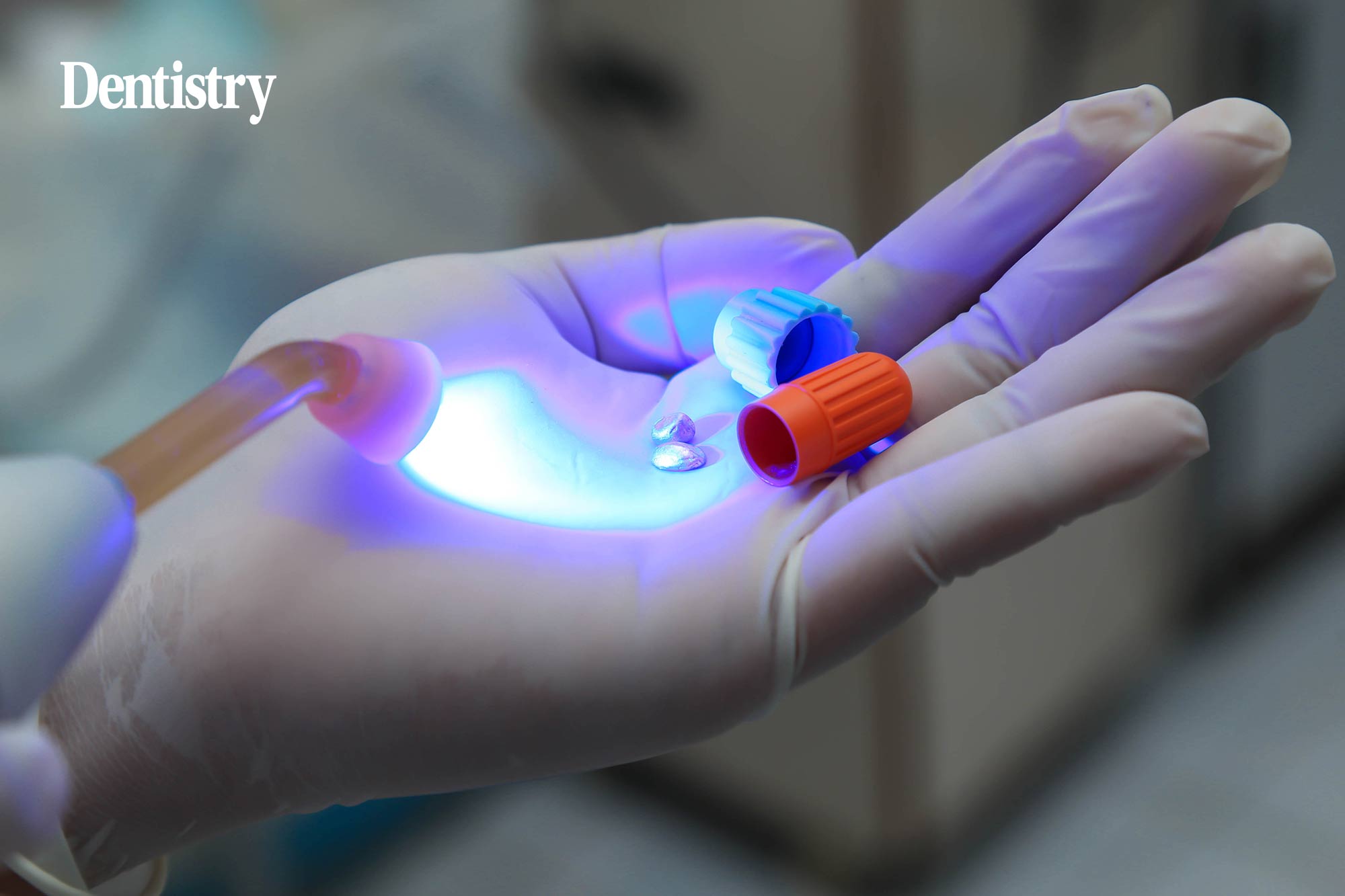
As the European Parliament votes to ban dental amalgam from 1 January 2025, the UK dental profession has shared its views on the ruling.
James Goolnik – dentist and author of Kick Sugar
Finally the European Parliament is banning the use of amalgam fillings. It has been used as a filling material since 1826 – a mixture of mercury, silver, copper, tin and zinc. Amalgam was a cheap and easy to use filling material, but it is terrible for the body and the environment. This is wonderful news for patients and clinicians.
Amalgam fills a gap. It does not bond (on its own) or arrest caries; it can crack teeth and needs to be disposed of very carefully. Once mercury is released into air, soil and/or water, it can pose a threat to wildlife for centuries.
Gold is a significantly better restorative material, it lasts longer and is biocompatible. Ceramic chemically bonds to teeth, doesn’t harm the environment and is more aesthetic. Composite also requires excellent moisture control and bonding protocol and takes time to do well. However, our patients deserve skilled clinicians. With the advent of bulk fill composite materials, this is an opportunity of education for dentists and dental therapists.
I am sorry for NHS dentistry, but it is time to put the patient first by practicing preventive dentistry starting with diet and nutrition and using more biocompatible materials that do not harm the clinical team and the environment.
Chantell Fields – recruitment consultant – dental specialist at Consult
Personally, I welcome this ban with open arms.
I think it definitely reflects a commitment to environmental sustainability, steering away from mercury-containing materials which then globally pushes towards eco-friendly dentistry. Also, regarding the patient wellbeing, dentists can offer alternative materials that are not only safer but more technology advanced.
However, I think for the UK dental industry, this ban will come with both challenges and opportunities. Adapting to new materials always comes with pressure and hurdles. As a former dental nurse, I am all for enhanced safety, sustainability, and cutting-edge dental solutions for patients.
It is like a dental makeover, isn’t it? A chance to ditch the old and embrace the new.
Linzy Baker – dental therapist
At dental school we are taught to use all restorative materials including amalgam, but at the same time we’re taught to be minimally invasive. Prepping cavities for this type of restoration requires us to create retention in undercuts or use of pins and slots. This often requires removal of more healthy tooth tissue which conversely when using adhesive dentistry is not required due to the creation of bond to tooth structure allowing for minimal destruction.
Amalgam has had its place within dentistry for years and particularly within the NHS, however many materials have since surpassed this, and it is rarely seen (if ever) in private practice. How do we justify using this in one collective of patients purely due to its low cost?
In my daily practice I see a lot of amalgam restorations that are now, after many years, starting to deteriorate. On removal, many have fracture lines within the tooth structure, requiring further destruction to remove. If these are too large, it can change the plan of refilling into something lab-made.
Benefits outweigh risks
It is often the case that these heavily-filled teeth with amalgam are the ones to fracture and can regularly be non-restorable for the patient, requiring extraction and, if appropriate, an often-costly replacement.
There are concerns around how the NHS will continue should this material be removed from UK NHS practices, as it is the most commonly used posterior filling material due to cost and longevity. The advancements in adhesive materials to me negate the longevity argument as, done well, they have also been proven to stand for just as long of which I see the evidence in my daily practice.
The phase out of amalgam started in 2018 where the NHS restricted use of amalgam in deciduous teeth, pregnant and breastfeeding women, or children under 15 unless deemed clinically necessary. The natural next step will be to remove it entirely. I for one welcome the change and think the benefits outweigh the risks moving forward.
Hussein Shaffie – implant surgeon
We know amalgam contains mercury and it may have toxic effects on the nervous system, digestive and immune systems, and on lungs, kidneys, skin and eyes.
The problem is the NHS was allowing dentists to place amalgam and, as a result, we don’t know how many people have been affected by this. Studies show the mercury in blood has longterm effect on individuals. Another problem is removing amalgam without proper skills rather than just drilling it out.
Follow Dentistry.co.uk on Instagram to keep up with all the latest dental news and trends.


